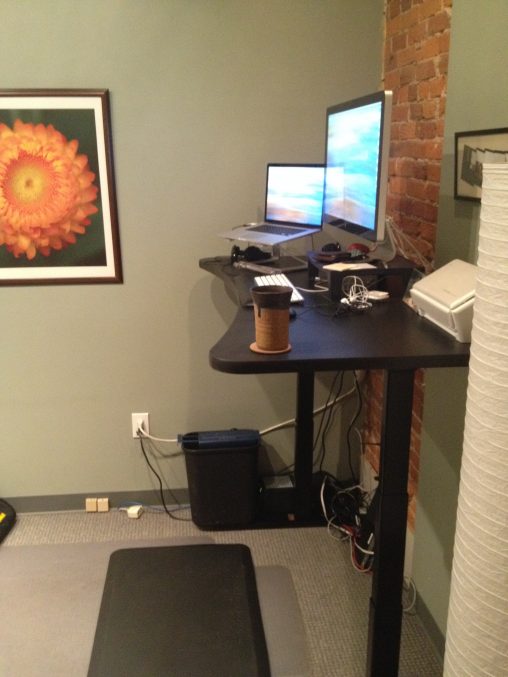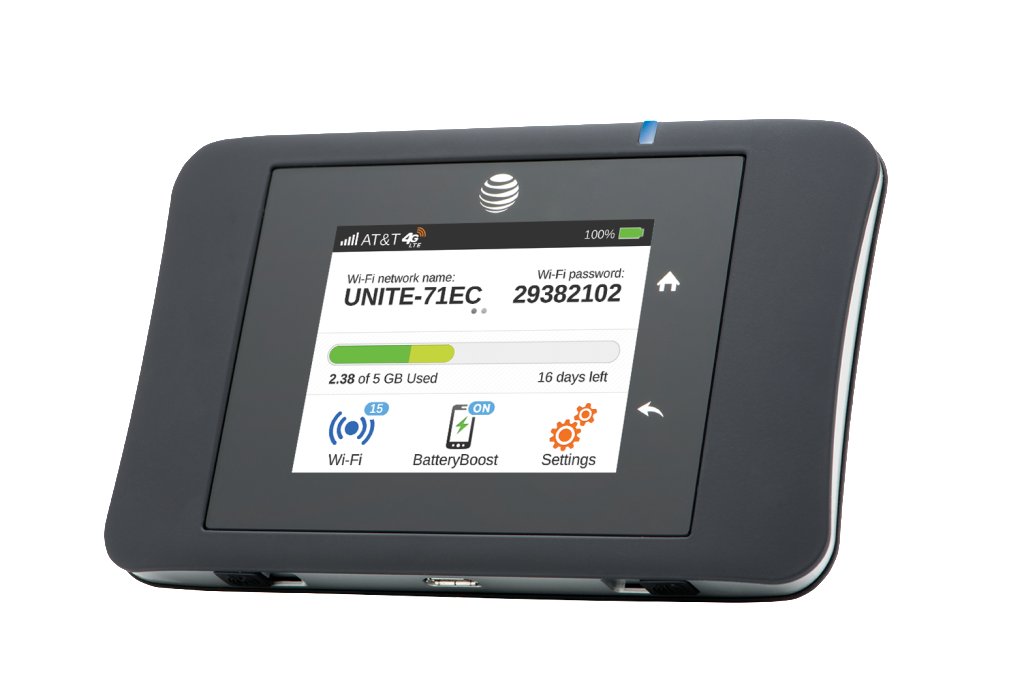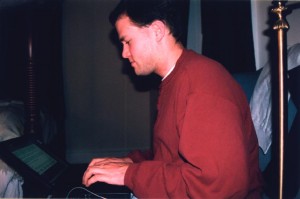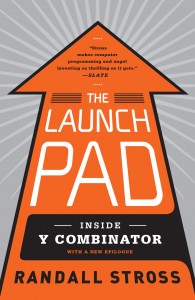 I'm trying to live a paperless lifestyle as much as possible. A few things I'm doing to that end:
I'm trying to live a paperless lifestyle as much as possible. A few things I'm doing to that end:
- I try to avoid printing anything that I can view on a mobile device or computer instead.
- I ask vendors and financial institutions to avoid sending me paper documents when they can send me electronic versions instead. When they don't offer that option, I search for comparable alternative vendors/institutions I can use.
- When I'm at conferences, festivals or other events, I try to avoid taking little bits of paper that I'll just have to deal with later - flyers, stickers, postcards, business cards, etc. If I really want to remember something I'll get a hi-res photo of it with my mobile phone and then extract the useful information later.
- I cleared all sticky note pads and scrap paper off of my work spaces so I could force myself to use digital tools.
- When I do receive paper documents I want to maintain access to but don't need physical versions of, I scan them with the Fujitsu ScanSnap S1500M document scanner. It does really fast double-sided scanning of lots of documents at once, directly into PDF files on my computer, and comes with some great software tools for organizing and searching the scans. Its output is also recognized by the IRS and similar entities as valid for purposes of legal document retention requirements. A newer version of the scanner offers even more options.
- When a document requires my signature, I try to have it emailed to me instead of postal mailed or printed. I use Adobe's electronic signature tools to place a verifiable and legally binding (in most places) digital signature on the document and then send it back to the other party.
- I use a tablet and Dropbox to bring relevant electronic documents to meetings with me instead of printing them off or asking for a copy when I get there. If I need to annotate a document or take notes, I either type those in during the meeting or use a small notebook I carry to write them out, and then immediately type them in after the meeting.
- I have a system of paper folders in my home office for filing documents immediately as the mail comes in or as I clean out my pockets for the day - "to scan," "to file," "to shred" and so on. I find organizing paper documents as soon as they get to me shortens the time they stay in my life.
- I regularly organize and purge the paper files I do keep, and I try to reuse paper a few times before finally putting it in the recycle bin or my diamond cross-cut shredder.
- I make sure I name my digital documents consistently so that I'll be able to find them later with simple searching (usually "YYYMMDD-name-tags.pdf").
- If a printed thing is sentimental in nature but I can't imagine myself pulling it out in a few years to caress it, smell it, re-read it, etc. I'll just take a picture of it instead and revisit it visually as needed.
- I make sure my digital documents are backed up to multiple places in multiple ways.
Some aspects of going paperless that I'd like to see improve:
- I still get receipts for gas pump activity and various credit card and cash retail transactions (unless they're using Square or something similar that will email me my receipt). I don't want to not have these at all because I'd like a way to verify the amount I was charged is correct (I've seen errors before), but I don't necessarily want to scan each one in or have to deal with filing or trashing them later. It would be nice if there were a global standard for having receipts transmitted electronically - not just emailed to me, but stored in some place of my choosing like a private Dropbox folder.
- I wish important paper documents like vehicle titles, real estate transaction documents, passports, etc. had some easily accessible and widely accepted digital alternative so that we didn't have to place so much emphasis on storing and protecting these things carefully.
- When I go to performances, lectures or religious services, some way to give people a program or bulletin they can view without disruptive mobile device screen activity. Surely with e-paper technology and related tools we could create this - and just think, no need to print separate LARGE PRINT VERSIONS when you could just scale up the font size!
- The one place I would like to see paper used more? Electronic voting.
Have you gone or are you going paperless? What tools and techniques do you use?




 Occasionally people ask me how I got started working in the world of computers and Internet technology. There were a lot of different factors - from my own curiosity to the learning and discovering my parents and teachers encouraged to the timing of what tools/tech became available as I grew up. I don't think I can hold one particular decision or moment up over another as key, but I thought I'd try to hit some of the highlights.
Occasionally people ask me how I got started working in the world of computers and Internet technology. There were a lot of different factors - from my own curiosity to the learning and discovering my parents and teachers encouraged to the timing of what tools/tech became available as I grew up. I don't think I can hold one particular decision or moment up over another as key, but I thought I'd try to hit some of the highlights.
